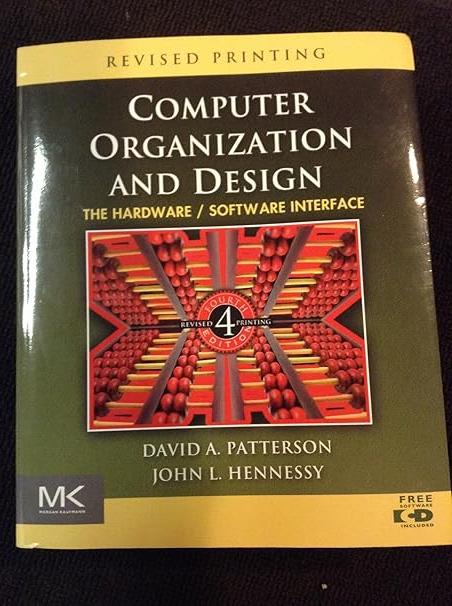The first three problems in this Exercise refer to the following function, given in MIPS assembly. Unfortunately,
Question:
The first three problems in this Exercise refer to the following function, given in MIPS assembly. Unfortunately, the programmer of this function has fallen prey to the pitfall of assuming that MIPS is a word-addressed machine, but in fact MIPS is byte-addressed.![; int f(int *a, int n, int x); f: move $v0,$0 : ret=0 move $t0,$a0 : ptr-a add $t1,$al, $a0; &(a[n]) $t2,0](https://dsd5zvtm8ll6.cloudfront.net/images/question_images/1698/1/4/3/24565379c0d725b91698143244227.jpg)
![b. ; void f(int a[], int n); f: move $t0,$0 ; i=0; ; n-1 ; address of a[i] : read a[i+1] : a[i]-a[i+1] ;](https://dsd5zvtm8ll6.cloudfront.net/images/question_images/1698/1/4/3/25465379c16997211698143253388.jpg)
Note that in MIPS assembly the “;” character denotes that the remainder of the line is a comment.
If “a” was a pointer to the beginning of an array of 1-byte elements, and if we replaced lw and sw with lb (load byte) and sb (store byte), respectively, would this function be correct? Note: lb reads a byte from memory, sign-extends it, and places it into the destination register, while sb stores the least significant byte of the register into memory.
Step by Step Answer:

Computer Organization And Design The Hardware Software Interface
ISBN: 9780123747501
4th Revised Edition
Authors: David A. Patterson, John L. Hennessy





